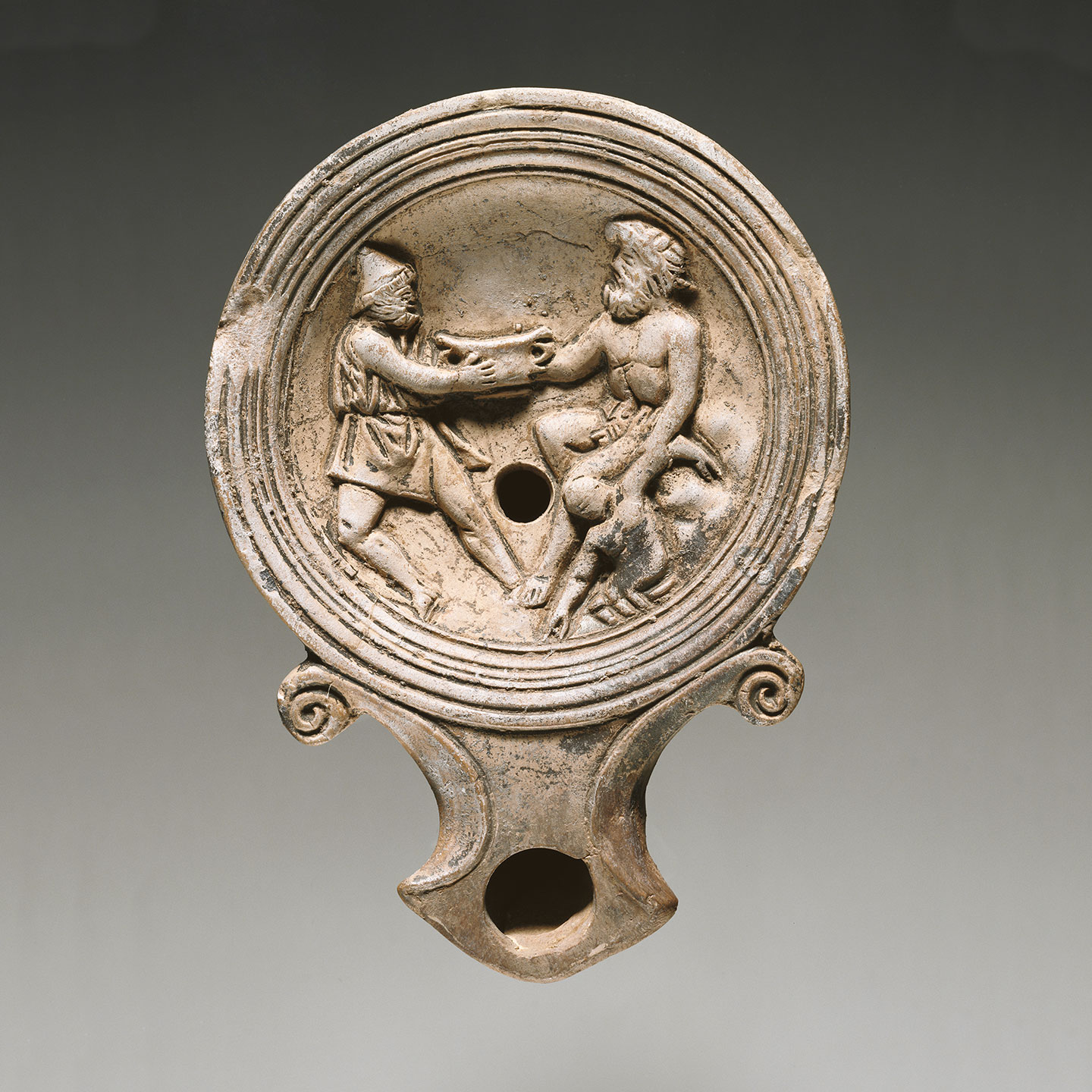[First posted 10/19/09. Updated 20 August 2018]
e-Jahresberichte des Deutschen Archäologischen Instituts
e-Jahresberichte des Deutschen Archäologischen Instituts
Von Beginn an wurden kurze Jahresberichte des Deutschen Archäologischen Instituts in der Zeitschrift Archäologischer Anzeiger gedruckt veröffentlicht. 2006 erschien in neuem, farbigen Design erstmals ein umfangreicher Jahresbericht als eigenes Beiheft zum Anzeiger.
Im Jahr 2014 strukturierte das Institut sein Berichtswesen neu. An die Stelle des gedruckten Berichtes treten nun mit den e-Forschungsberichten und dem e-Jahresbericht zwei unterschiedliche digitalePublikationsformate.
From DAI's very beginning, we have published concise annual reports in the journal Archäologischer Anzeiger. Our first comprehensive annual report in a new, colorful layout appeared as a supplement to the Anzeiger in 2006.
In 2014, the DAI restructured its report processes. Instead of a printed annual report, we now publish two separate, regular formats: our Research E-Papers and our Annual E-Reports.
Annual E-Report 2017
Annual E-Report 2015
Annual E-Report 2014
Annual E-Report 2012/2013
Click here to view and download the first issue of our Annual E-Reports (report period 2012/2013, eDAI-J 2012/2013).
eDAI-J 2012/2013 (PDF 94 MB) or (PDF 16 MB).Earlier issues
Annual reports for the years 2006 through 2011, originally published as supplement to Archäologischer Anzeiger, are also available for download:






























